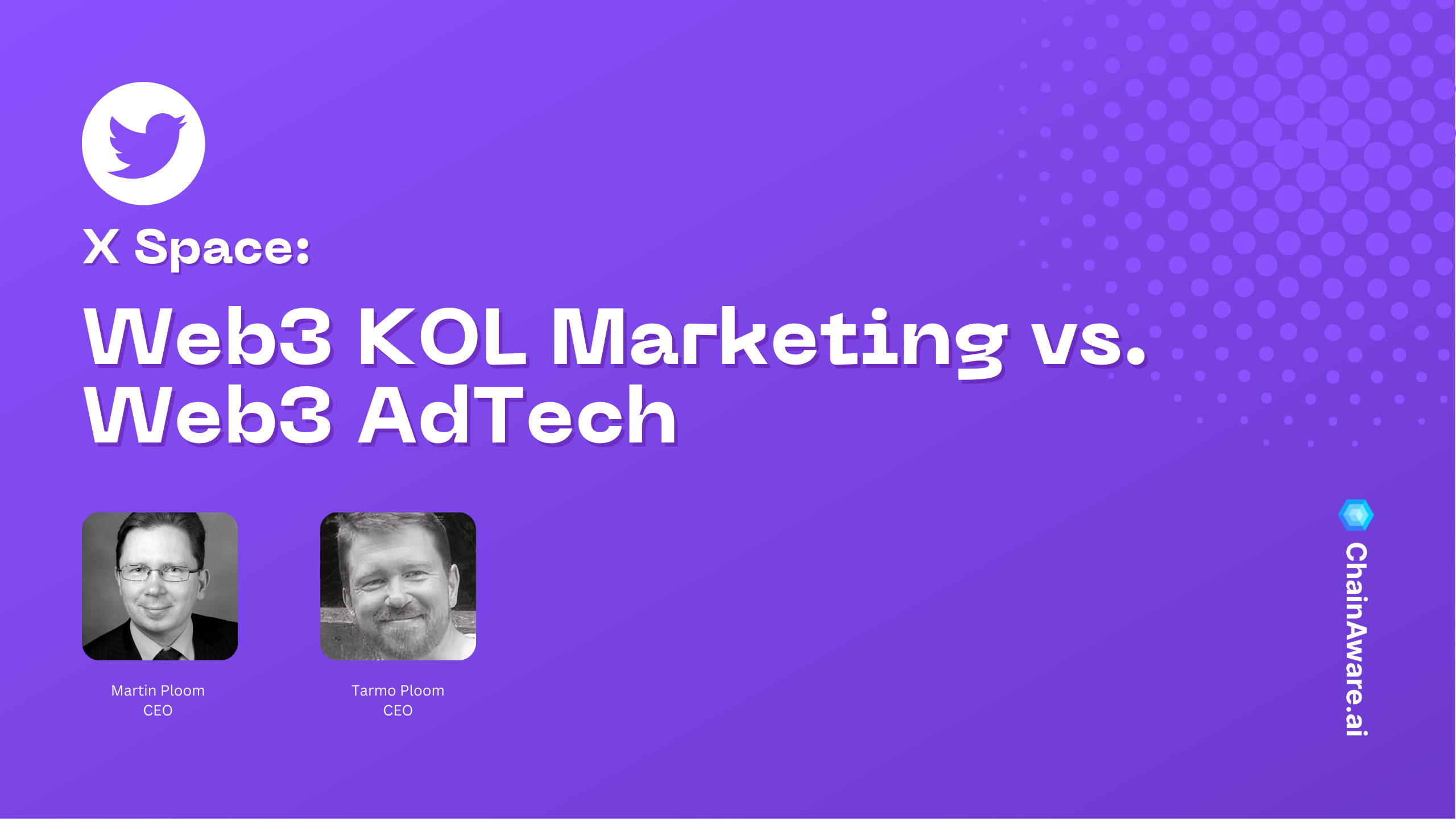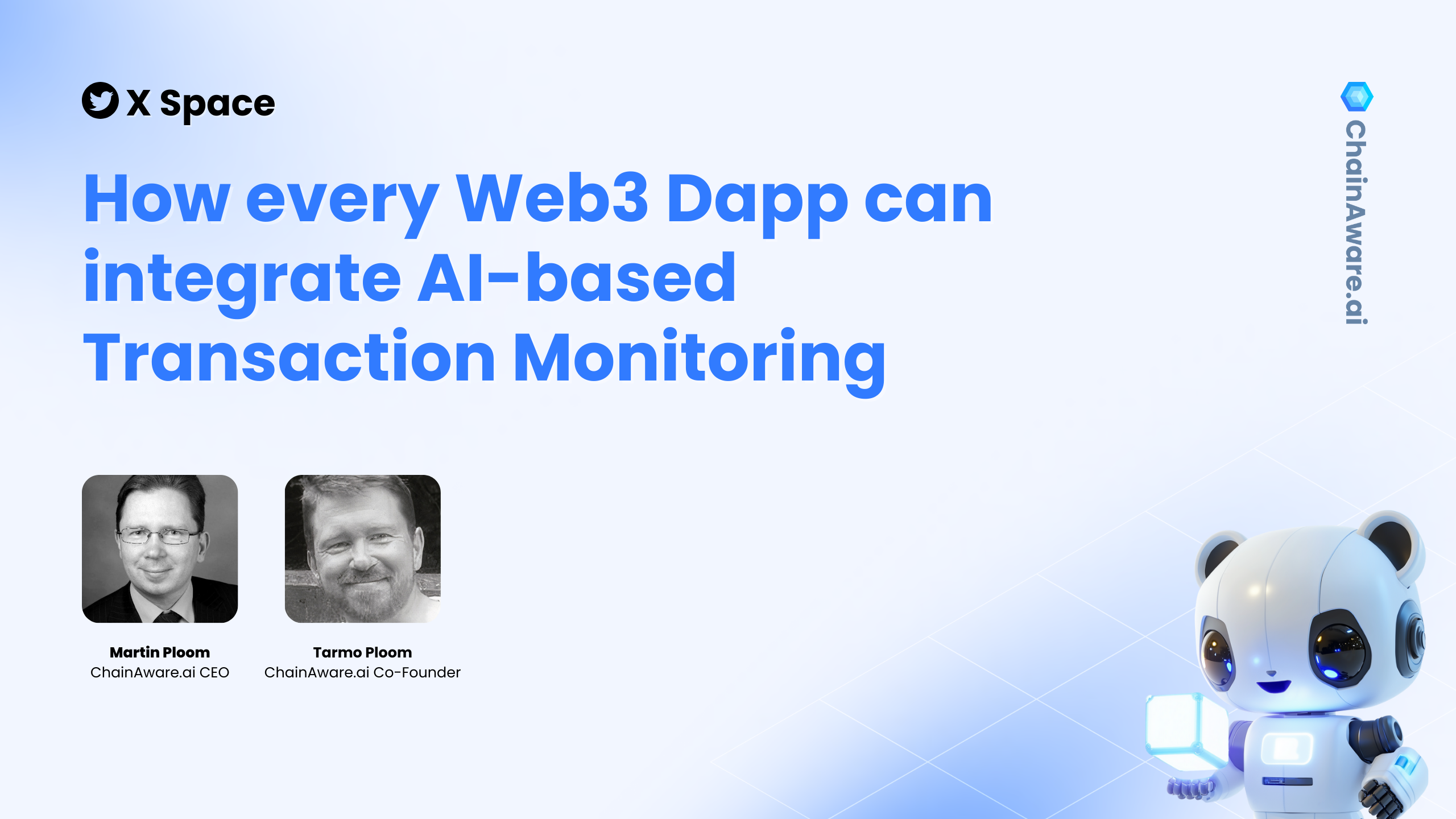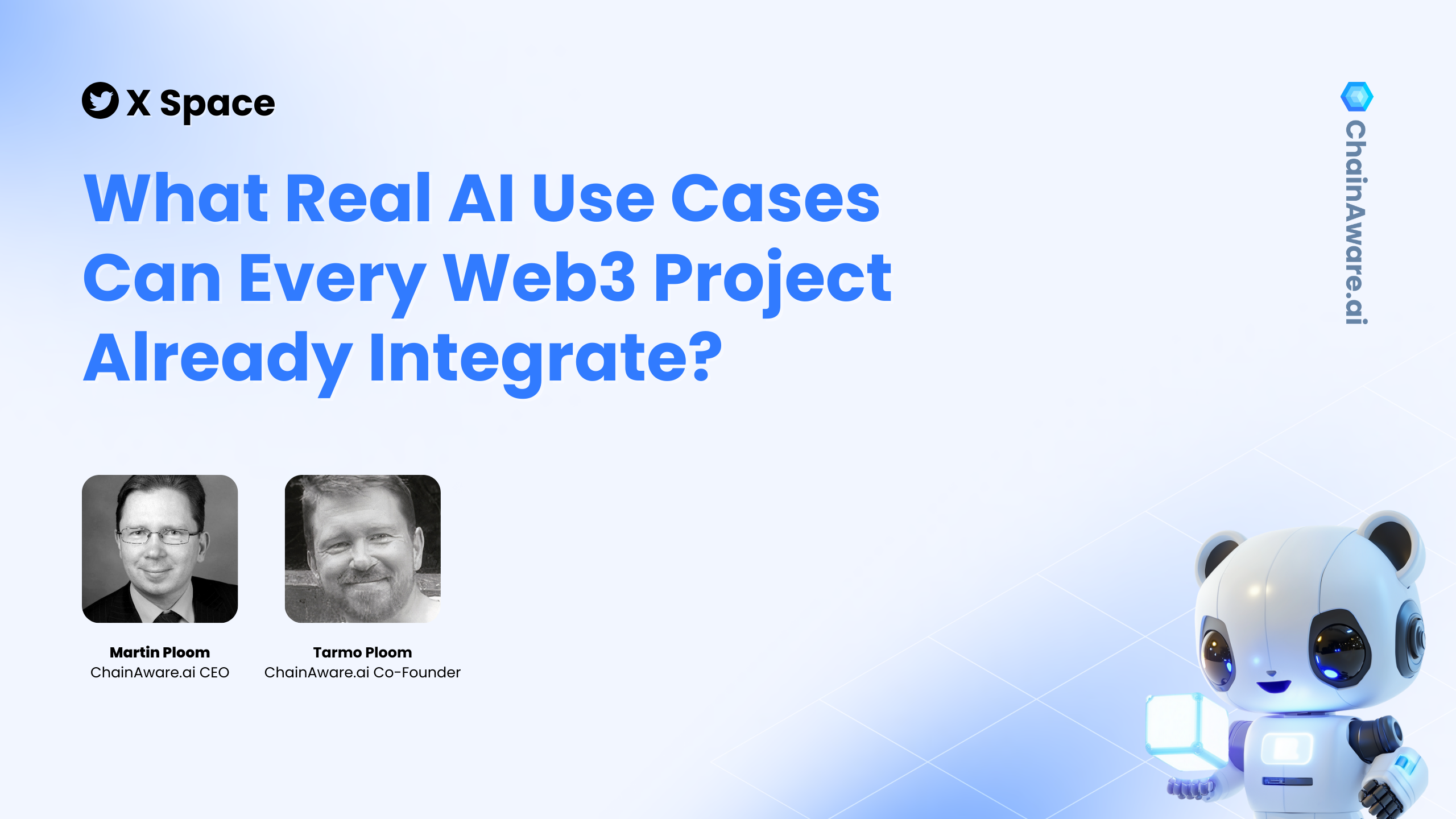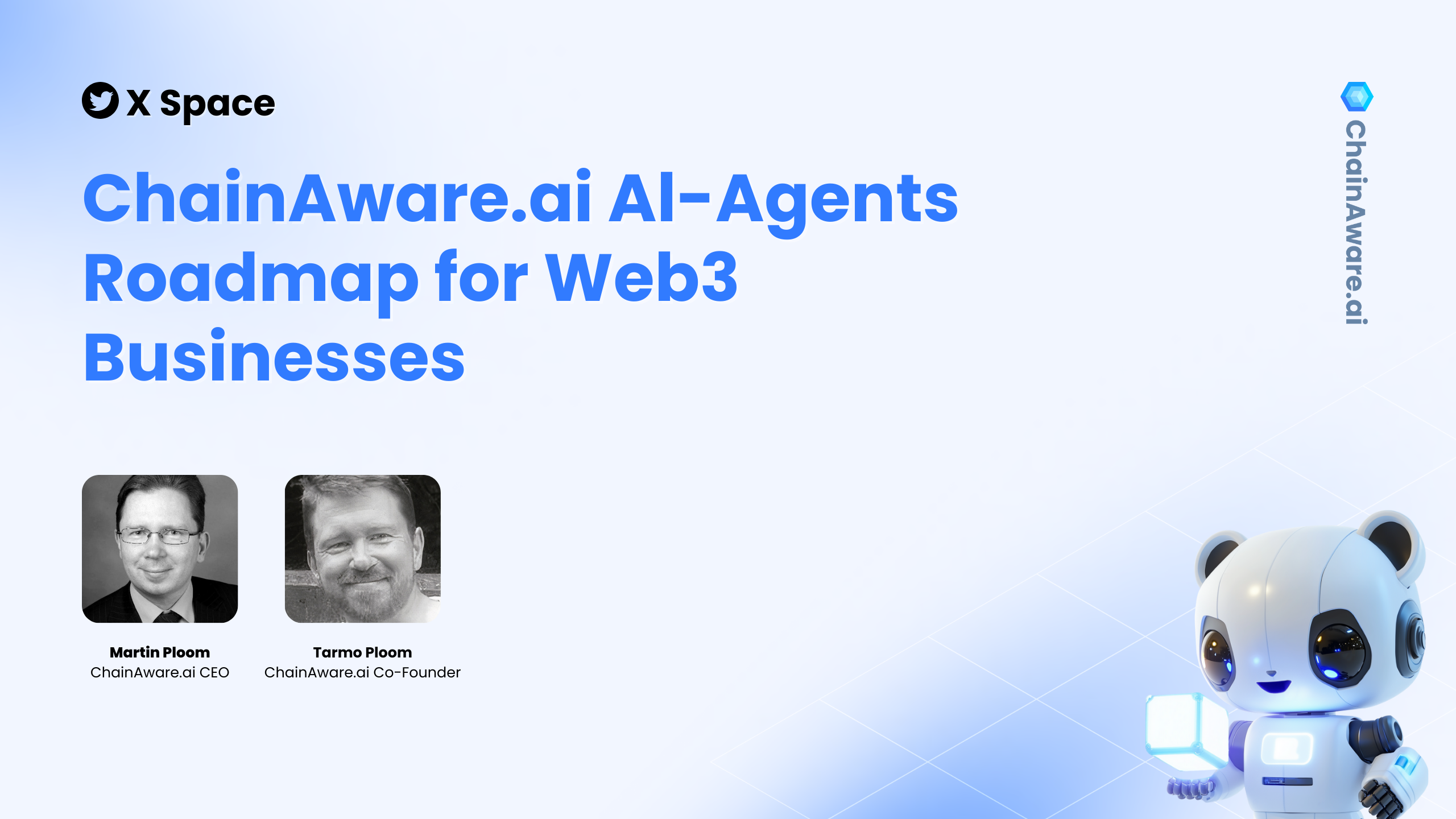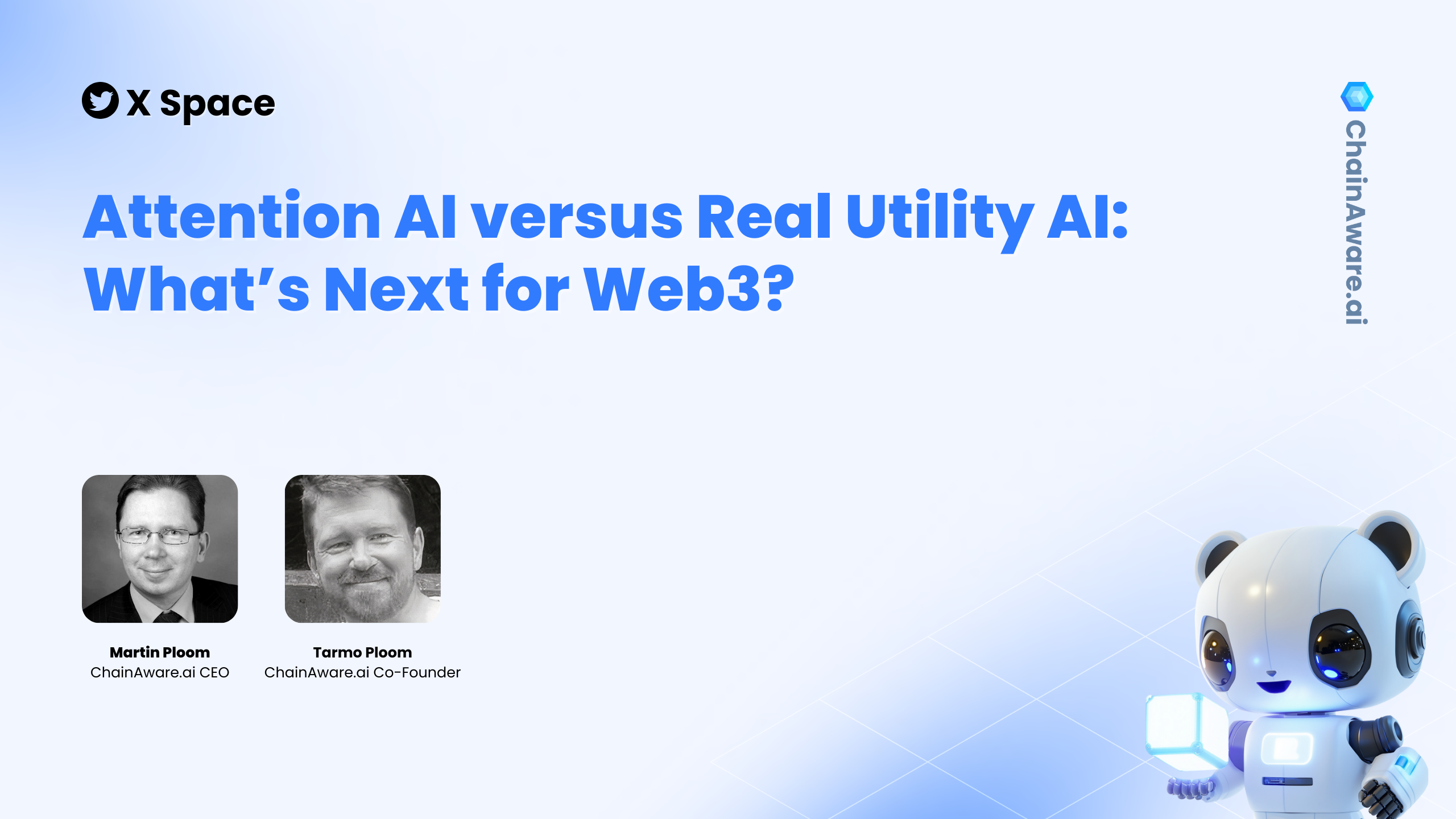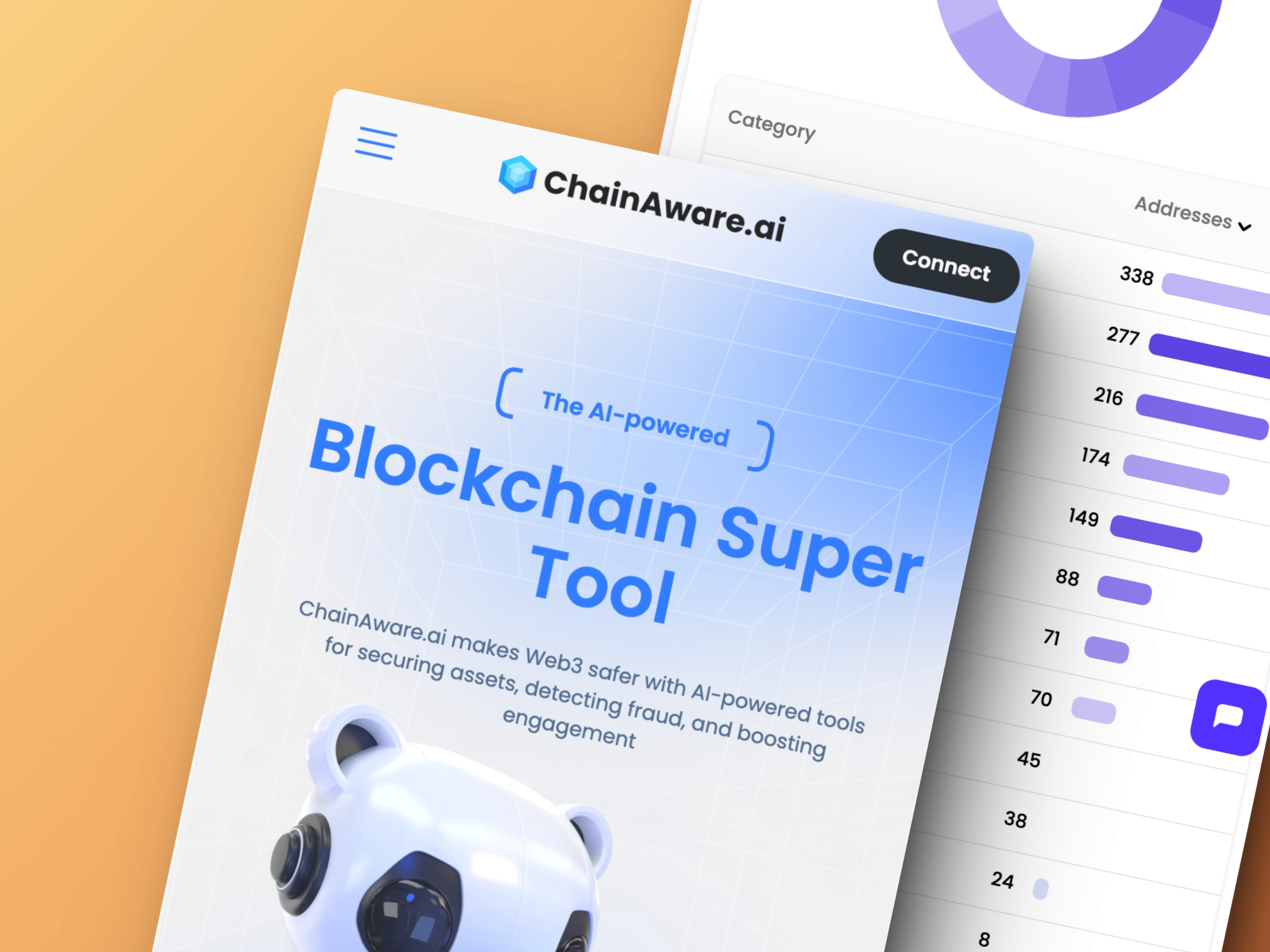1. Introduction: Web3 KOL Marketing and AdTech Overview
The discussion addresses whether KOL (Key Opinion Leader) marketing is still effective in the Web3 space and contrasts it with emerging Web3 AdTech solutions. The focus is on the need for sustainable, scalable marketing strategies to drive user acquisition in the Web3 environment, moving beyond traditional influencer-driven marketing.
2. Background of Speakers and Their Expertise
Martin and Tarmo, co-founders of SmartCredit.io and ChainAware.ai, provide their extensive experience in finance, AI, and Web3. Their work in predictive AI for blockchain fraud detection and risk management forms the foundation of their exploration into Web3 AdTech. They aim to bring innovations in AI-based ad technology to the Web3 space, leveraging blockchain data for better customer targeting.
3. Call-Based Marketing (KOL Marketing) in Web3
KOL marketing involves using influencers to promote projects, especially in the Web3 space. Projects pay influencers (calls) to spread awareness and drive engagement. However, this form of marketing tends to be mass-oriented and relies heavily on hype. Influencers post generalized content for their followers, aiming to boost visibility and token price, but without much personalization or user targeting.
4. Challenges and Limitations of KOL-Based Marketing in Web3
The main issue with KOL-based marketing is its lack of sustainability. The effectiveness of influencer marketing decreases over time as projects need to continuously invest in hype to keep their momentum.
Additionally, statistical data from tools like Alpha Scan shows that only a small percentage of influencers consistently deliver positive returns. This makes KOL marketing expensive and inefficient, with diminishing results and no long-term user retention.
5. Comparing Web2 and Web3 Marketing Strategies
Web2 marketing is highly data-driven and personalized, using advanced AdTech tools to target users based on their behavior and intentions. In contrast, Web3 marketing has so far relied on mass marketing strategies, such as KOL marketing, media buying, and banner ads, which lack the same level of personalization and targeting. This results in significantly higher user acquisition costs for Web3 projects compared to Web2.
6. Web2 AdTech and Its Role in Customer Acquisition
In Web2, AdTech platforms like Google and Facebook leverage vast amounts of data to micro-segment users, allowing companies to target highly specific audiences. Real-time bidding (RTB) systems use algorithms to decide which ads to show to which users, based on their interests and behaviors. This highly efficient system reduces user acquisition costs, often to as low as $30–$40 per user, making it easier for Web2 companies to scale.
7. Web3 AdTech: Personalized Messaging and AI Integration
Web3 AdTech can similarly benefit from AI-driven systems by leveraging blockchain data to predict user behavior and personalize messaging. Just like in Web2, where personalized ads target users based on their browsing history or social media activity, Web3 can use transaction history and behavioral patterns on the blockchain to target users more effectively. This allows Web3 companies to deliver personalized messages to users based on their likely actions, improving conversion rates and reducing acquisition costs.
8. The Role of Blockchain Data in Web3 AdTech
Blockchain data offers a unique advantage in Web3 AdTech. Every transaction on the blockchain is a valuable data point, providing insights into user behavior that are more reliable than Web2 data sources. Unlike Web2 browsing data, blockchain transactions often involve financial stakes, making them a clearer indicator of user intentions. Predictive AI can analyze these patterns to forecast user behavior with high accuracy, enhancing the effectiveness of ad targeting.
9. Benefits of Personalized Web3 AdTech Over Mass Marketing
Personalized messaging in Web3 AdTech offers significant advantages over mass marketing strategies like KOL marketing. By delivering tailored content to users based on their behavioral data, Web3 companies can increase conversion rates and drive down customer acquisition costs. This approach is more sustainable than relying on continuous hype from influencers and provides a clearer path to long-term growth and profitability.
10. Conclusion: The Future of Web3 AdTech and Marketing
The future of Web3 marketing lies in the development and adoption of AI-based AdTech that leverages blockchain data for personalized targeting. The transition from mass marketing to personalized marketing, similar to what occurred in Web2, is crucial for Web3 projects to reduce user acquisition costs and achieve scalability. While KOL marketing may still have a role in generating initial hype, sustainable growth in Web3 will depend on more sophisticated ad technologies that focus on long-term user engagement and conversion.
